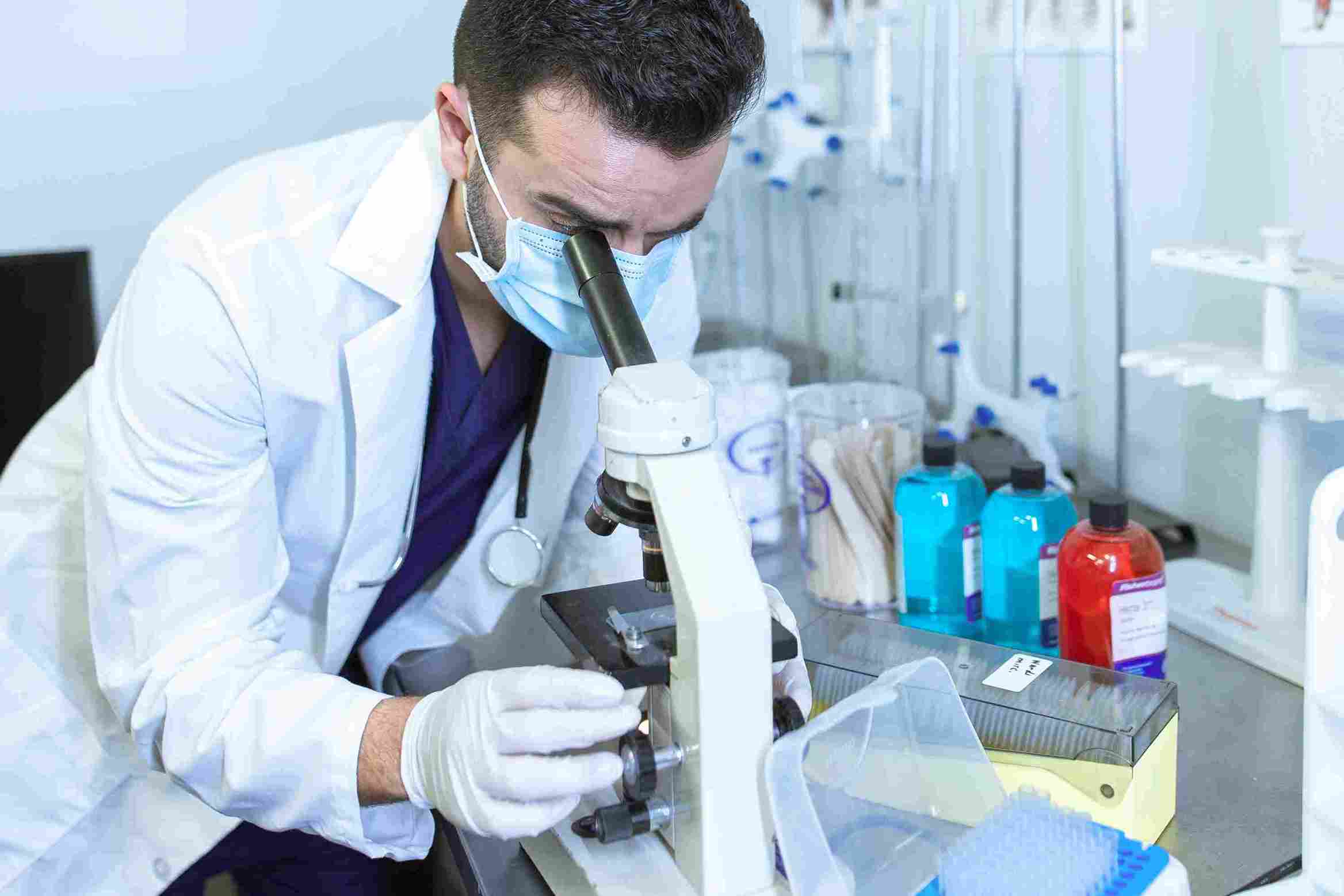Validation of aseptic processes is essential to ensuring the successful end result for manufacturers – a safe, effective finished product. However, the process starts long before that. Active ingredients and sterile bulk material must achieve the appropriate level of sterility assurance. This course will provide an in-depth overview of the requirements for cGMP-compliant aseptic process validation. This includes a detailed summary and analysis of mandates and guidance from several entities, including the US Food and Drug Administration (FDA), the Pharmaceutical Inspection Co-operation Scheme (PICs), and the European Union (EU). This interactive session will highlight industry best practices, and discuss common errors and deficiencies.
Finally, this course will discuss prospective, concurrent, and retrospective validation, plus the role of revalidation.
LEARNING OBJECTIVES
At the completion of this course, attendees will be able to:
- Interpret the requirements of the FDA, EU, and PICs guides to aseptic processing
- Identify all the elements of a complete aseptic validation:
- Container Closure Integrity
- Container Closure sterilization
- Filter Validation
- Equipment cleaning/disinfecting
- Equipment maintenance and testing
- Sterility testing
- Personnel Training
- Environmental Monitoring
- Recognize the requirements associated with Media Fills; including:
- Define the importance of media fills/process simulations to sterility assurance
- The methods for simulating an aseptic process for the various types of products, i.e. liquid, semi-liquid, and solid dosage forms.
- State the validation requirements and acceptance criteria for aseptic media fills
- Identify “worst case” conditions and critical interventions
WHO WILL BENEFIT?
Operations employees participating in manufacturing, quality control testing, and validation as part of their job function will find this course highly beneficial. This includes employees in the following functions:
- Production
- QC Microbiology
- Engineering & Validation
- Facilities / Maintenance
- Quality Assurance
At the completion of this course, attendees will be able to:
- Interpret the requirements of the FDA, EU, and PICs guides to aseptic processing
- Identify all the elements of a complete aseptic validation:
- Container Closure Integrity
- Container Closure sterilization
- Filter Validation
- Equipment cleaning/disinfecting
- Equipment maintenance and testing
- Sterility testing
- Personnel Training
- Environmental Monitoring
- Recognize the requirements associated with Media Fills; including:
- Define the importance of media fills/process simulations to sterility assurance
- The methods for simulating an aseptic process for the various types of products, i.e. liquid, semi-liquid, and solid dosage forms.
- State the validation requirements and acceptance criteria for aseptic media fills
- Identify “worst case” conditions and critical interventions
Operations employees participating in manufacturing, quality control testing, and validation as part of their job function will find this course highly beneficial. This includes employees in the following functions:
- Production
- QC Microbiology
- Engineering & Validation
- Facilities / Maintenance
- Quality Assurance
Speaker Profile
 Kelly Thomas
Kelly Thomas
Ms. Thomas has over two decades of cGMP hands-on industry experience in both pharmaceutical and medical device manufacturing operations. Her experience covers all Quality Systems; as well as, all areas of validation; including, process/product validation, facilities validation, CSV and 21 CFR Part 11, test method validation, equipment/automated processes and cleaning validation.Utilizing strategic thinking, risk based approaches, and Lean principles, she has demonstrated success in steering and managing complex projects within the pharmaceutical and medical device industries.
Upcoming Webinars

Controller Challenges in Changing Times: New Roles as Strat…

FDA Technology Modernization Action Plan (TMAP) and Impact …

Stress, Change And Team Resilience Through Humor: An Intera…



Excel Spreadsheets; Develop and Validate for 21 CFR Part 11…

How to Prepare For and Host a FDA Inspection and Respond to…

Sunshine Act Reporting - Clarification for Clinical Research


The Importance of the first 5 seconds when presenting

From Chaos To Calm: How to Eliminate Drama and Boost Workpl…

Complaint Handling and Management: From Receipt to Trending

Do's and Don'ts of Documenting Employee Behaviour, Performa…

Managing Toxic Employees: Strategies For Leaders To Effecti…


ChatGPT Unlocked: A Beginner’s Guide to AI and ChatGPT

Understanding Artificial Intelligence (AI) and the Incredib…

6-Hour Virtual Boot Camp on Microsoft Power BI


Onboarding is NOT Orientation - How to Improve the New Empl…

The Monte Carlo Simulations in Excel for Risky Investments

ChatGPT and Project Management: Leveraging AI for Project M…

Project Management for administrative professionals

Workplace Investigations 101: How to Conduct your Investiga…

Transform Data into Insights: A Beginners Guide to Excel Pi…

Harassment, Bullying, Gossip, Confrontational and Disruptiv…

Construction Lending And Real Credit Administration: Evalua…

Dealing With Difficult People: At Work & In Life

Understanding Accounting for non - Accounting professionals

New Form 1099 Reporting Requirements: 2025 Compliance Update

Human Error Reduction Techniques for Floor Supervisors

HR Metrics and Analytics 2025 - Update on Strategic Plannin…


7 Ways To Beat Burnout: Without Quitting Your Job

Treating Employees Like Adults: Discipline versus Empowerme…

Understanding EBITDA – Definition, Formula & Calculation

Ethical Terminations: Navigating Employee Exits with Legal …

Handbook Overhaul 2026: Compliance, OBBB Act & Beyond

How to Write Procedures to Avoid Human Errors

FDA Proposes Framework to Advance Credibility of AI Models

Project Management for Non-Project Managers - Scheduling yo…

Validation Statistics for Non-Statisticians

Data Integrity and Privacy: Compliance with 21 CFR Part 11,…


4-Hour Virtual Seminar on Hidden Secrets of Selling & Marke…


The Alphabet Soup: When the FMLA, ADA, COBRA, and Workers' …

Talent Management: How to Leverage AI and ChatGPT Tools for…

Offboarding with Care: Conducting Legal & Ethical Employee …

2-Hour Virtual Seminar on How to Conduct an Internal Harass…
